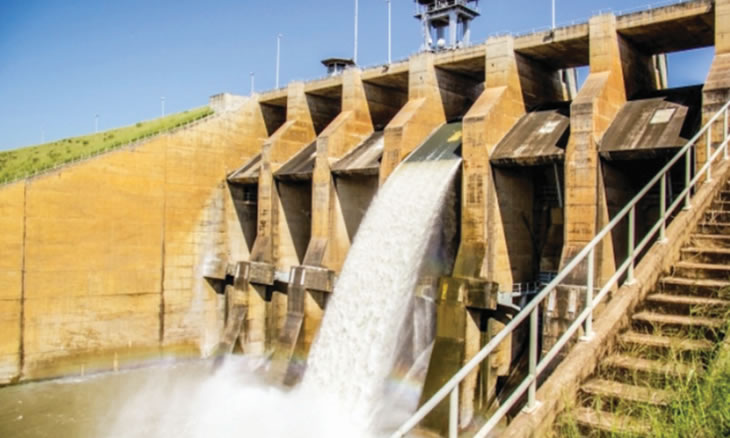Mozambique: Heavy vehicles banned from using the bridge over the Revué
Drinking water from Corumana dam available from July

File photo: O País
Water from the Corumana dam on the Incomati River’s main tributary, the Sabie River, will be processed to make it safe for drinking by people living in the Greater Maputo Metropolitan Area from July.
The water treatment station will initially be able to supply 30,000 cubic metres of treated water per day. However, in August next year the main treatment plant will go online and produce a further 60,000 cubic metres of potable water per day.
The drought has seriously affected the south of Mozambique and has led to severe water restrictions for residents in the cities Maputo and Matola. Amongst the mitigation efforts made by the authorities is the opening of 22 small water supply systems.
On Monday, the Maputo Regional Water Company (AdM) renewed its call for people to conserve water. The appeal was made by the Estaline Machohe at the launch of an awareness campaign to promote the rational use of water. The month-long campaign is being held under the theme “maintain the taps and pipes in good condition to avoid wasting water”. The campaign will be promoted in schools, markets and other places where people congregate.
Machohe pointed out that “in order for the company to continue to supply water it is necessary for the clients to contribute by maintaining and repairing taps, flush valves, cistern buoys, and water pipes. So, we will save water and money and, consequently, contribute to everyone having water even without rainfall”.
The rains in the Umbeluzi Basin have been insufficient over the last five years, and Machohe denounced the fact that people are still washing their cars and watering their gardens.
According to the general manager of the Southern Regional Water Board (Ara-Sul), Helio Banze, the Pequenos Libombos dam is down to just 82 million cubic metres, which is just over twenty per cent of the dam’s storage capacity. As a result, the Umbeluzi water treatment station is only treating and distributing between 6,000 and 6,500 cubic metres per hour, which is about 60 per cent of its installed capacity.
Meanwhile, AdM is working on technical solutions to tackle the problem of brown drinking water coming out of the taps. This is caused by the lack of rainfall leading to the water supply in the dams being poorly oxygenated. As a result, algae is thriving.












Leave a Reply
Be the First to Comment!
You must be logged in to post a comment.
You must be logged in to post a comment.